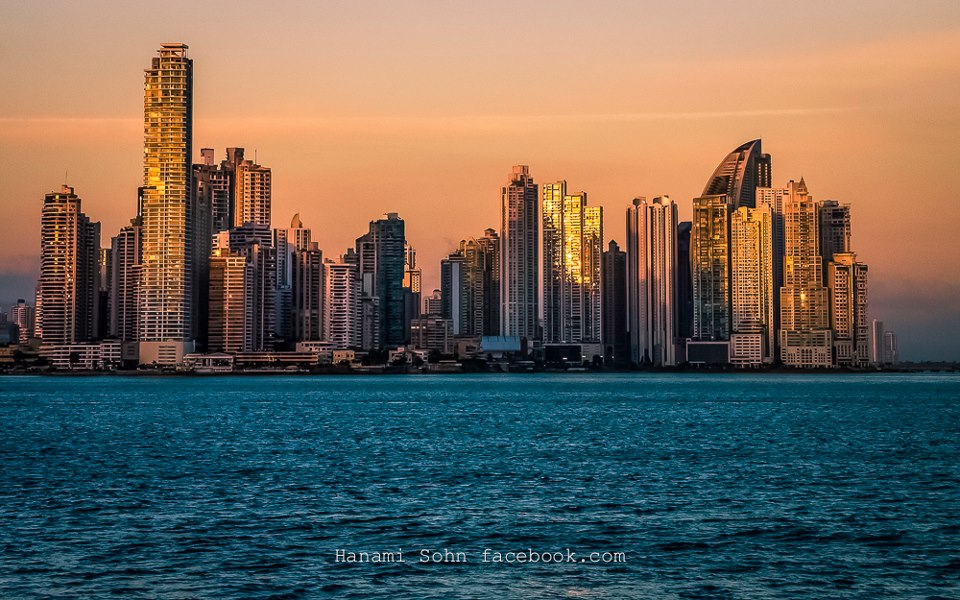This is a good article by Guillermo Rodrieguez Gonzalez on how Capitalism may be on the threshold of its definitive globalization and its impact on reducing poverty. We are seeing it in our province where the workers on farms are becoming more educated, healthier and may one day no longer provide the labor our agricultural industry needs.
Perhaps we are on the threshold of a historical phenomenon important as the industrial revolution — a phenomenon that would erase everything we take for granted as usual political and economic references, and from which new power relations between states, as well as new flows of investment, trade and consumption will emerge in directions unimaginable until recently. Its quantities could be so incommensurable we can barely imagine some of the most obvious consequences of something like it happening in our time.
For example, we still understand the energy market in terms of a global oil monopolization by OPEC members. We speculate with its price increases, an alternative oil production with parallel investments in the rest of the world, and we imagine — as a promise or a threat — the possible replacement of oil with other fuel sources.
But in the amazing scenario we are talking about here, a new energy market would be more feasible. It would have such a huge demand that the supply of parallel sources of energy would grow to reach larger market spaces than those that oil occupies today. The oil market would continue to grow in parallel for decades without being able to meet the new demand for energy and without a hint of disappearing for a long time.
I imagine a world in which the growth of emerging economies such as China, India and Malaysia could effectively lead most of their population to access levels of consumption similar to those of contemporary Western Europe countries. In addition, new institutional frameworks would allow them to integrate their entire population into modern capitalist development without creating parallel informal economies due to the high cost of legality.
Hernando De Soto explains:
The capitalism crisis outside the developed countries is not because the international globalization is failing, but because the developing countries and former communist nations have been unable to “globalize” capital in their territories.
Most people in these countries see capitalism as a private club, a discriminatory system that benefits only the “Western World” and the elites who live in glass bells installed in poor countries. Perhaps more people in the world are wearing Nike shoes and digital watches, but even while consuming modern products, they are well aware that they still wander the periphery of the capitalist game, with no real participation in it.”
If instead of having privileged capitalist enclaves in impoverished primitive socialist economies, we could have the integral capitalism — which, amid its difficulties, is capable of producing wealth for all — such as that of certain Asian countries, capitalist globalization would eventually be unstoppable. Several other Asian, African and South American economies would emerge emulating the process of other countries that have succeeded.
Political and institutional problems on private property and institutions that afflict the developing world are virtually the same the United States suffered from 100 years ago. If solved similarly, its economic growth could become equivalent as well.
Asia’s increased consumption levels are due to billions of people that are moving from firewood, oil lamps, blood traction and bicycles to electricity, household appliances and automotive transportation.
Until 1985, seven percent of the families of the Popular Republic of China had refrigerators in their homes. Today, that number exceeds 85 percent. In India, the number of cars has tripled each decade.
The report of the United Nations’ World Summit on Sustainable Development of 2002 already asserted that “if car ownership in China, India and Indonesia reaches the current world average of 90 vehicles per 1,000 people, 200 million vehicles will be added to the global car fleet, roughly the number of cars in the United States today.”
Therefore, the most conservative estimates pointed out that between China, India and Southeast Asia, a middle class of 300 to 400 million people, with levels of consumption similar to those of the Western World, was forming. But actually, that is already happening.
If this process continues, we will have a new industrial revolution with the ability to integrate the forefront of the contemporary capitalist economy, with more than half of the world population, which will have remained on the margins of this system of production and consumption until now.
The world has never been as prosperous as it is today. People are coming out of secular poverty like never before.
We may be a few decades away from ending the world’s poverty, but it is only a possibility. History is not predetermined by mystical forces in any way, as many false prophets believe.
But global capitalism — which has already shown its potential — is an ideal that is worth fighting for, a future that is worth building.
We could be part of the next capitalist revolution, and produce levels of prosperity that we cannot even imagine today.
